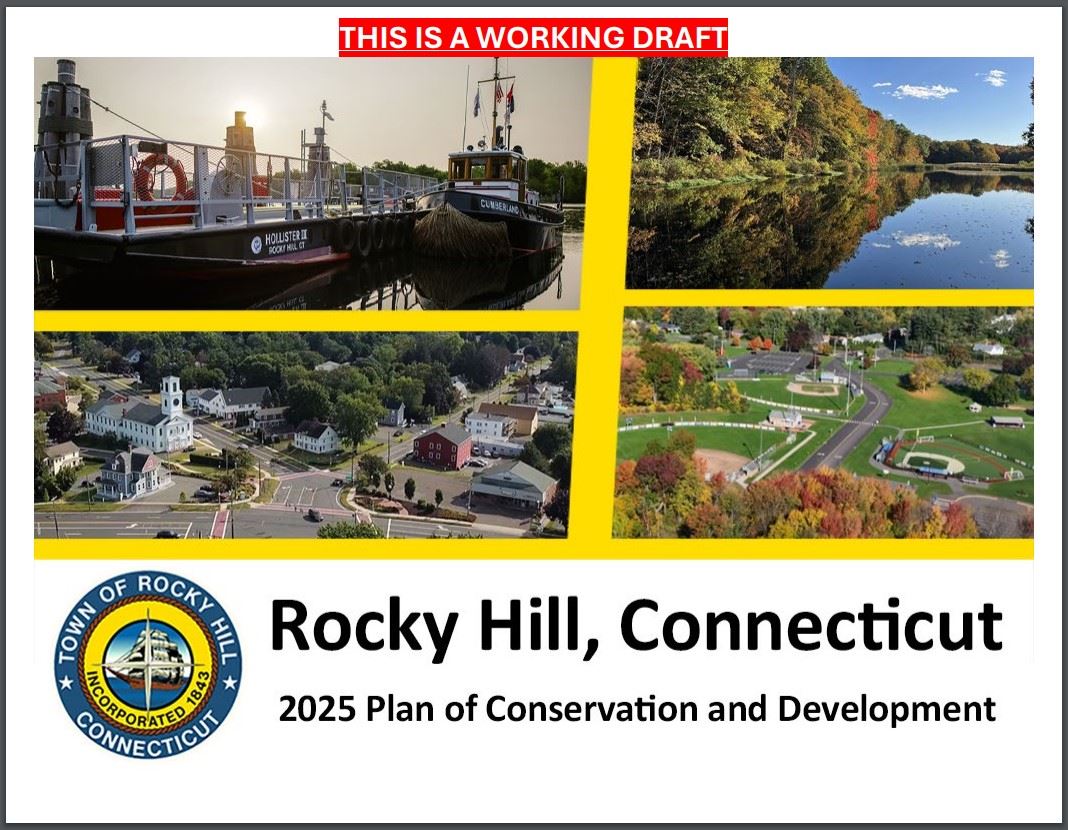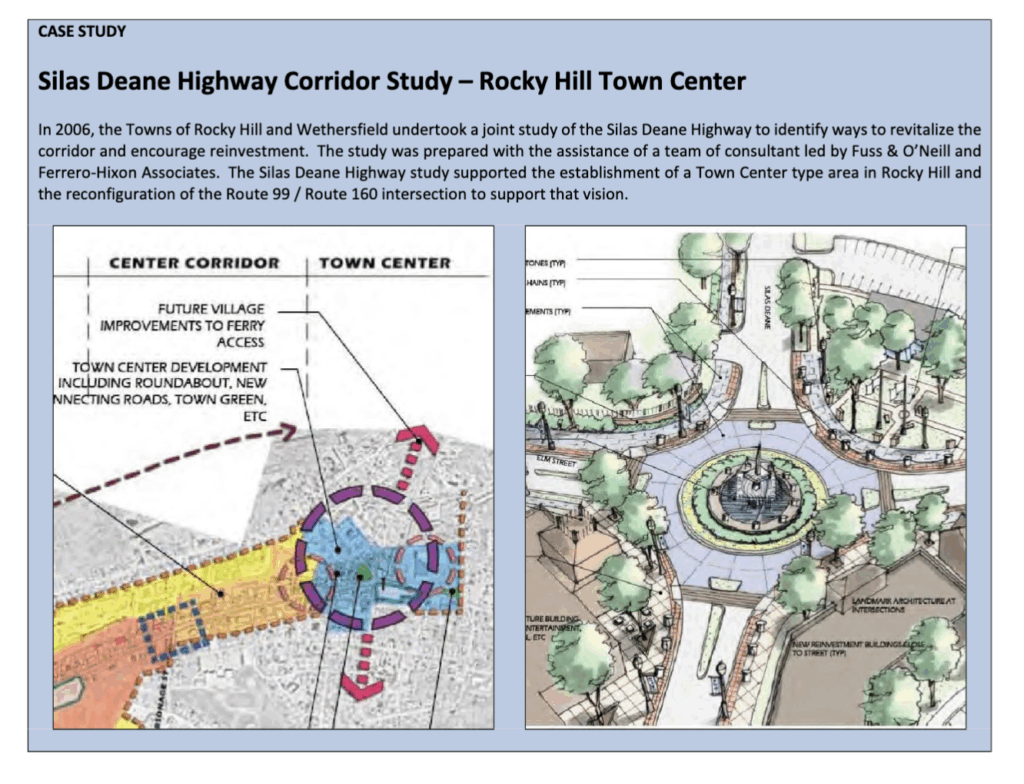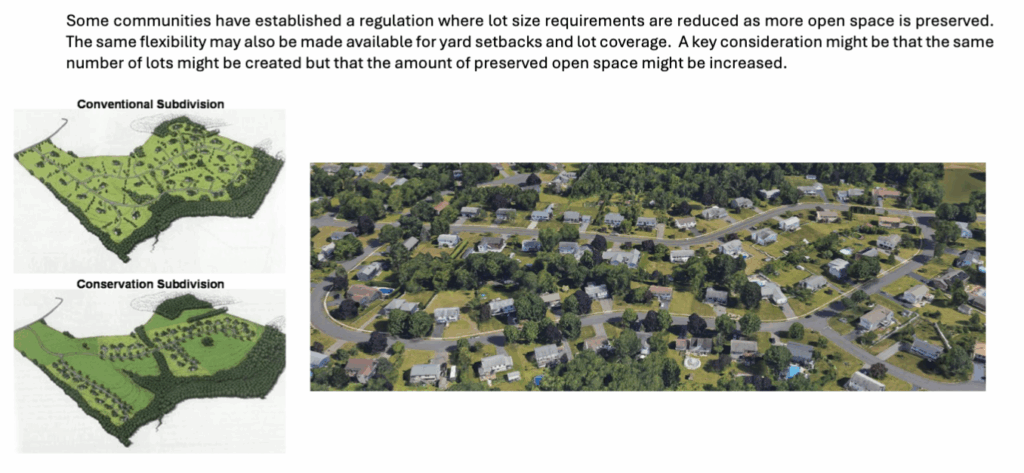In the quiet town of Rocky Hill, Connecticut, the tension between land preservation and housing development has reached a familiar and pressing crossroads. As towns across the state grapple with rising housing demands, Rocky Hill offers a compelling case study of the trade-offs—and long-term consequences—of development versus conservation.
At the heart of the debate is the town’s remaining open space—patches of woodlands, meadows, and wetlands that serve as both ecological sanctuaries and buffers against overdevelopment. Proponents of preservation argue these lands are more than scenic relics; they are vital to the community’s health, environment, and identity. Farming, long a staple of Rocky Hill, has fewer active farmers working the land.
Preserving open space helps maintain biodiversity, protects watersheds, and curbs the heat island effect, a growing concern as climate change intensifies. In Rocky Hill, undeveloped parcels such as Dividend Pond and parts of the Great Meadows offer not only critical habitats but recreational opportunities that promote well-being and community connection. For residents, these natural assets are irreplaceable. It includes the importance of preserving open spaces to protect community character, enhance quality of life, and provide economic benefits. Between 2012 and 2019, Rocky Hill preserved over 450 acres from development, either through development rights or outright purchase. In 2012, a $10 million referendum to preserve existing farmland and open space, voters approved by a 2-to-1 margin – and won handily in all three voting districts. In 2019, another referendum to preserve an 84 acre farm passed by a 3 to 1 margin. Unfortunately, since 2020, not one acre has been preserved. As an about face from open space preservation, more than six apartment complexes have passed, and are either under construction or will be soon. One new development received a tax abatement worth more than $7 million.
But the debate isn’t just about aesthetics or ecology—it’s also about economics. Development brings short-term financial gain: new housing increases property tax revenue and fuels the local economy through construction jobs and related services. For example, a new subdivision of 25 homes assessed at $500,000 each could generate over $400,000 in annual property taxes. This kind of growth may seem like a fiscal boon to a town with a modest budget.
However, the long-term cost of development can outweigh these gains. Studies in Connecticut and elsewhere have shown that for every $1 collected in residential property taxes, municipalities often spend $1.20 or more on services such as schools, emergency response, and road maintenance. In Rocky Hill, adding dozens of families could significantly increase the cost of education—by far the largest budget item—along with wear and tear on infrastructure and expanded demand for public safety.
In contrast, preserved land requires little to no public services and often pays for itself over time. A report by the Trust for Public Land found that every $1 invested in land conservation returns an average of $4 in natural goods and services. In towns like Rocky Hill, preserved spaces can also enhance nearby property values and attract visitors, boosting small businesses and maintaining the town’s appeal.
The solution lies not in an all-or-nothing approach, but in careful, deliberate planning. Rocky Hill can serve as a model for smart growth: encouraging infill development, supporting affordable housing near existing infrastructure, and identifying key parcels for permanent conservation. Strategic use of state open space grants and partnerships with organizations like the Connecticut Farmland Trust can stretch municipal dollars and protect key landscapes.
Land preservation and housing development need not be enemies. With thoughtful policy and community input, towns can balance the need for homes with the imperative to protect the natural spaces that define their landscape and legacy. Current apartment building owners should be incentivized to renovate old apartments and convert them to affordable housing that will both help a town reach their 10% affordable threshold and also limit the need to build new buildings on open space.
And it’s not just Rocky Hill. Towns within Hartford County stand at a pivotal moment—one that demands vision, not just for the present, but for generations to come.
Opinion piece: This article reflects the position of the author and not necessarily that of the Democratic Town Committee.




